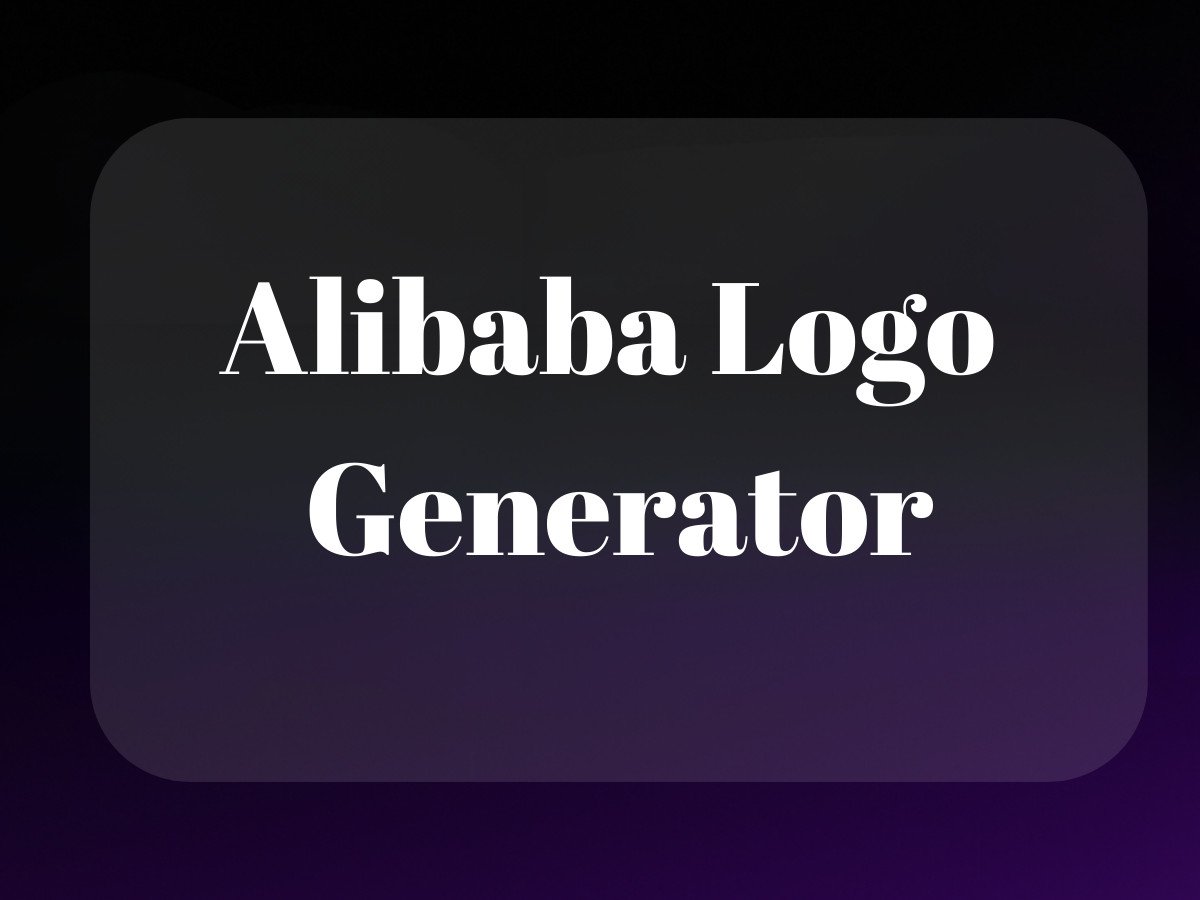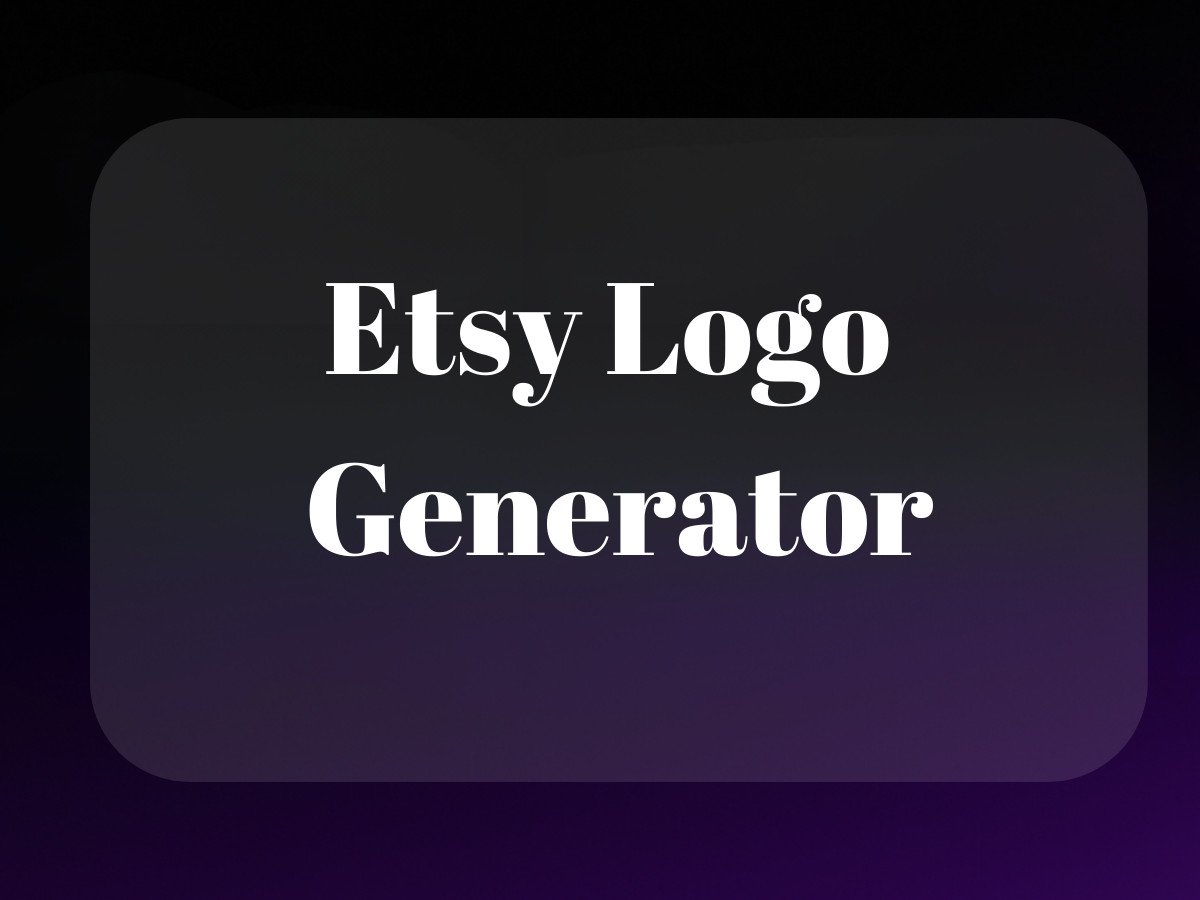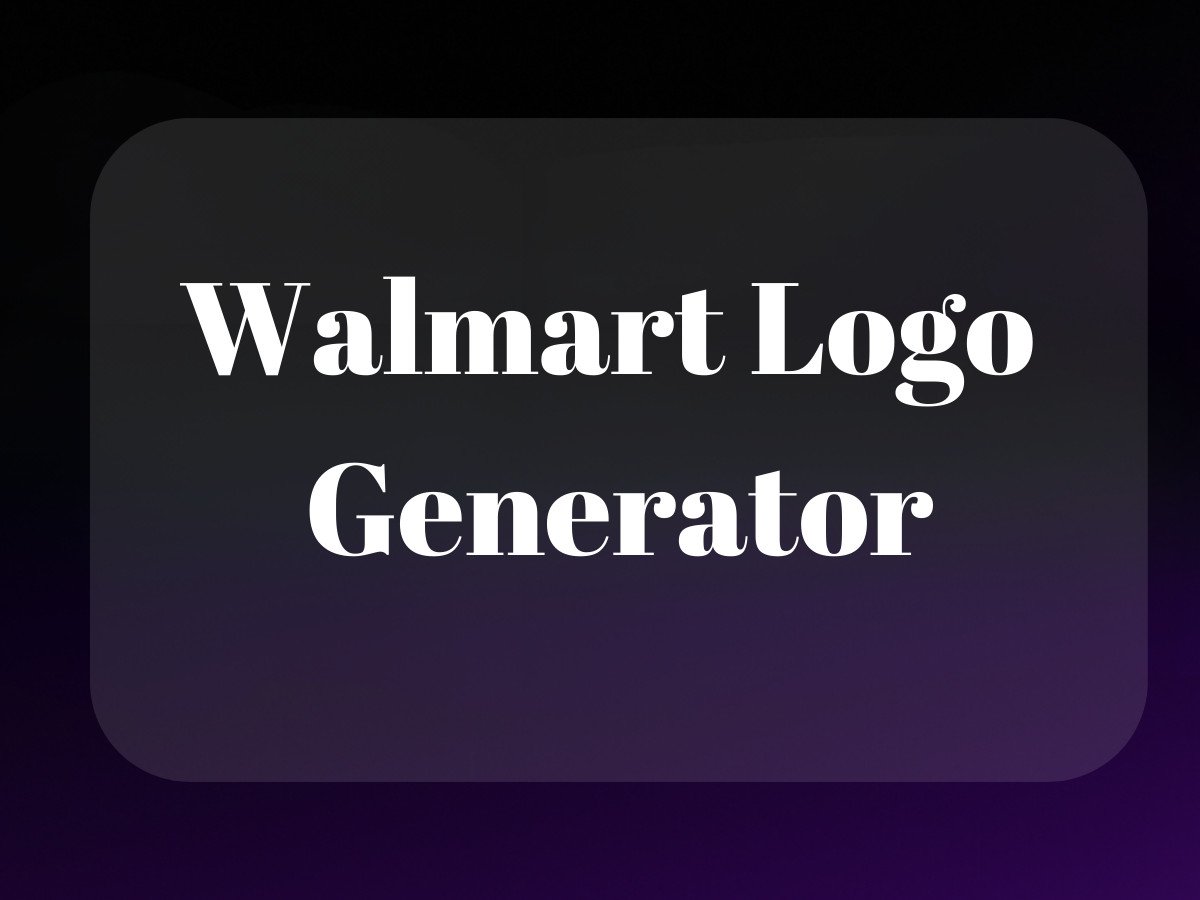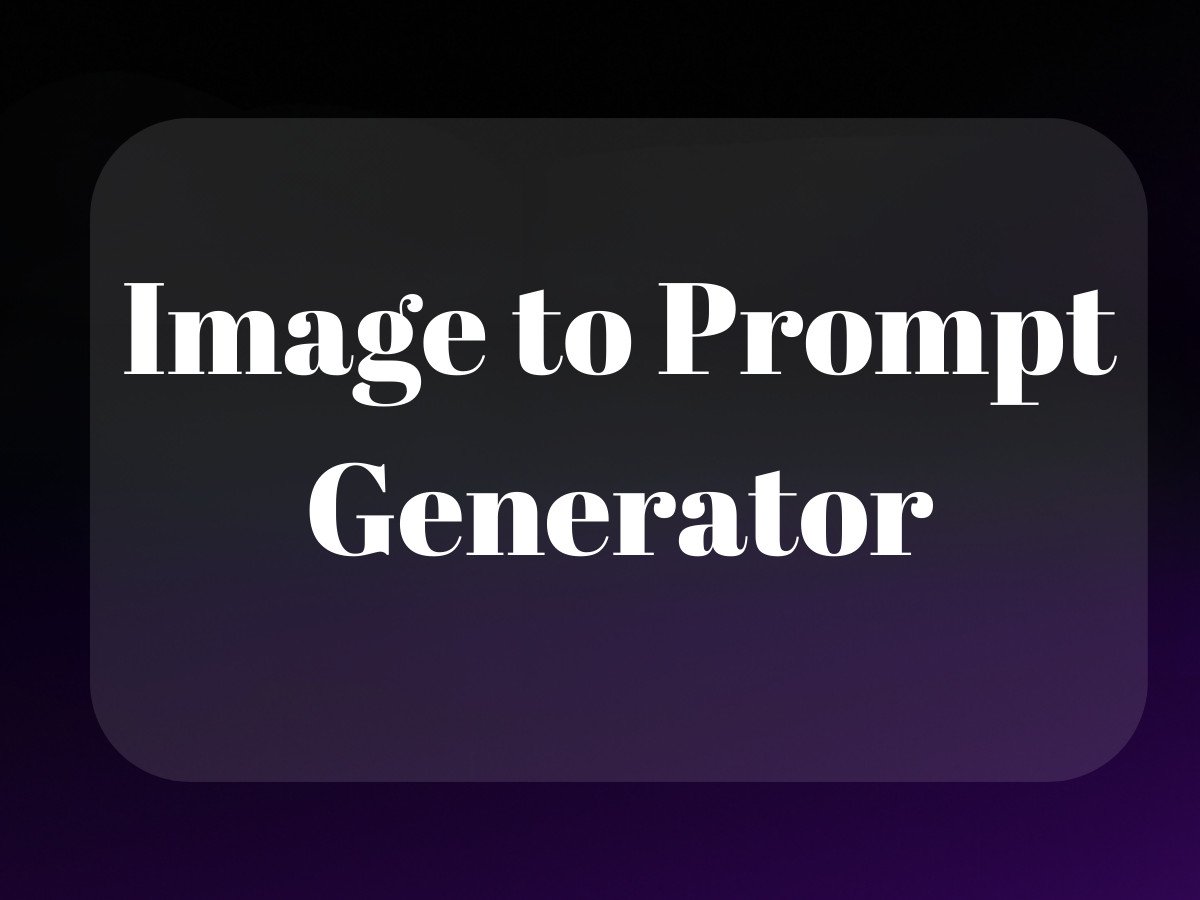The Amazon-Alibaba Gold Rush: Is It Still Worth It in 2024?
Let’s cut through the noise: selling on Amazon using Alibaba products isn’t the get-rich-quick scheme YouTube gurus want you to believe. But it’s not dead either. Think of it like mining for gold in 2024 – the easy nuggets are gone, but there’s still plenty of gold if you know where to look and have the right tools.

I’ve spent the last decade watching the evolution of cross-border e-commerce, and here’s what fascinates me: while everyone’s fighting over saturated markets like phone cases and yoga mats, there are still countless untapped niches hiding in plain sight. The key? Understanding how to sell on Amazon from Alibaba isn’t about finding “hot products” – it’s about building sustainable systems.
Understanding the Amazon-Alibaba Business Model in 2024
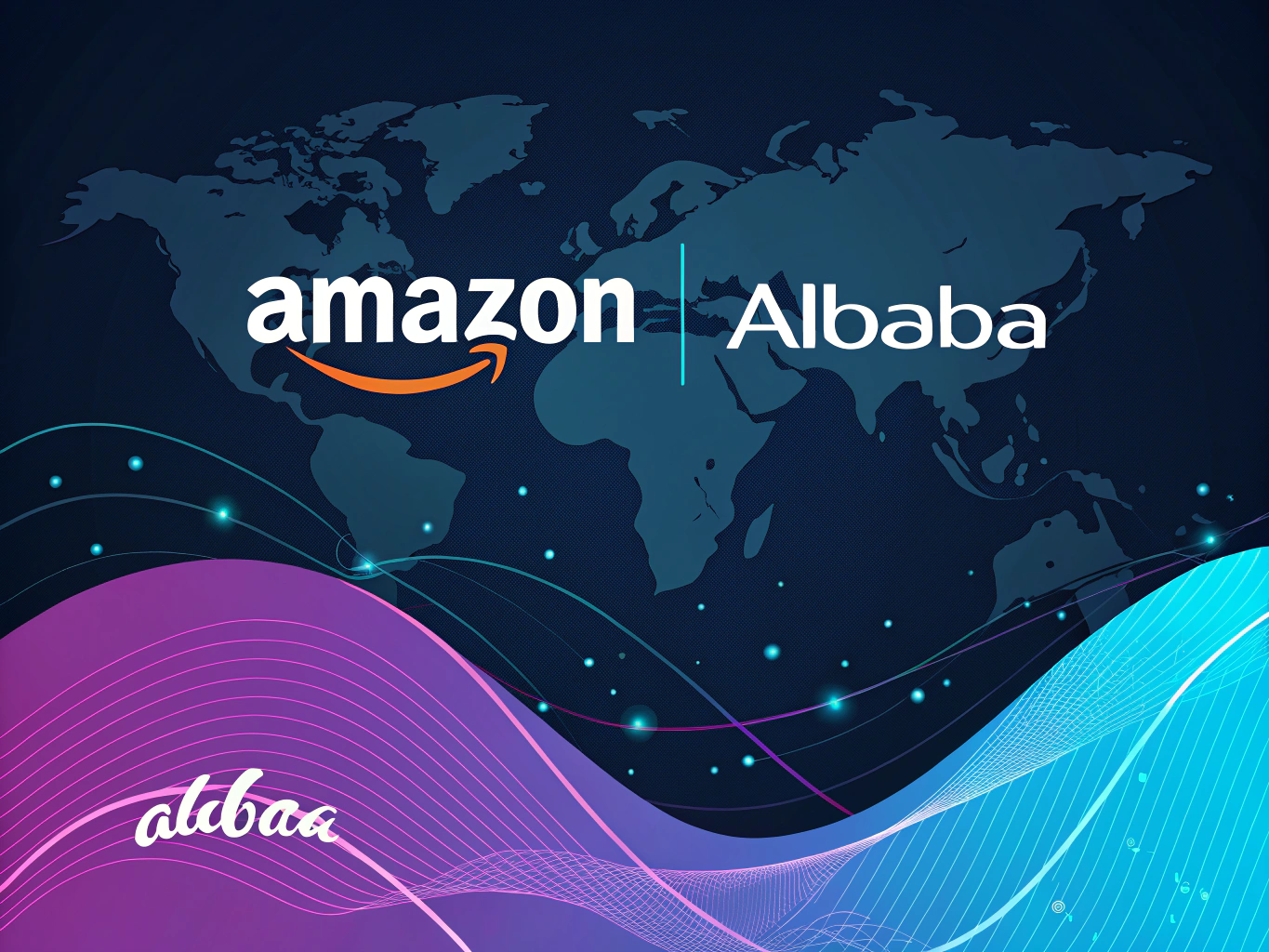
Remember when dropshipping was the new frontier? Those days are long gone. Today’s successful Amazon sellers are treating this more like a real business than a side hustle. The game has changed – and that’s actually good news for those willing to adapt.
Here’s what’s working right now: micro-niches with high margins, premium positioning, and strong brand storytelling. Think blackout curtains specifically designed for nurseries, not just generic window coverings. The days of simply finding low prices on Alibaba and marking them up on Amazon are behind us.
Market Opportunity by the Numbers
Let’s talk real numbers (and why they matter):
- 47% of Amazon’s total US revenue comes from third-party sellers
- The average profit margin for successful Amazon FBA sellers ranges from 20-30%
- Only 26% of new Amazon sellers achieve profitability within their first year
That last stat might seem discouraging, but here’s the thing – it’s actually filtering out the get-rich-quick crowd. The barrier to entry isn’t money anymore; it’s knowledge and execution. Strong brand storytelling can make all the difference.
Essential Prerequisites: What You Actually Need to Start
Before you dive into supplier research or worry about Amazon fees, let’s talk about what you really need to get started. Spoiler alert: it’s probably not what those “guru” courses told you.
Legal Requirements: The Stuff Nobody Wants to Talk About
First things first – yes, you need to legitimize your business. But it doesn’t have to be complicated:
- Business Structure: Start with an LLC (protects your personal assets)
- EIN Number: Free from the IRS, takes about 5 minutes online
- State Sales Tax Permit: Amazon handles most sales tax, but you still need this
- Business Bank Account: Separate personal and business finances from day one
Financial Planning: Real Numbers, Not Fantasy Projections
Let’s break down the actual costs you’ll face. I’m talking real numbers here, not the lowball estimates you come across in most guides:
- Initial Product Investment: $2,000-5,000 (minimum for most viable products)
- Amazon Professional Seller Account: $39.99/month
- Product Photography: $200-500
- Initial PPC Budget: $500-1,000
- Samples and Testing: $200-300
- LLC Formation: $100-800 (state dependent)
- Tools (like Jungle Scout): $50-100/month
Total realistic startup cost: $3,500-8,000. Could you start with less? Sure. Should you? That’s a different question. Consider using tools like Amazon’s FBA calculator to better understand your costs.
Product Research: The Make-or-Break Phase

This is where most people either win big or fail spectacularly. The good news? There’s a systematic approach that works better than just hunting for “hot products.”
Market Analysis That Actually Works
Forget about looking for products with specific BSR (Best Seller Rank) numbers. Instead, focus on these criteria:
- Problem Resolution: Does your product solve a specific problem better than competitors?
- Margin Potential: Can you maintain a healthy profit after Amazon fees and PPC costs?
- Competition Level: Are the top sellers brands or random alphanumeric names?
- Review Depth: Look for products where top sellers have under 1,000 reviews
Tools like Jungle Scout are great, but they’re just tools. The real magic happens when you combine data with human insight. I’ve seen sellers crush it with products that tools said were “too competitive” because they understood something about the market that data couldn’t capture. Also consider improving your SEO to enhance visibility.
Product Selection Criteria: Beyond the Basics
Here’s my updated criteria for 2024 (based on what’s actually working):
- Price Point: $25-50 sweet spot (after testing thousands of products)
- Size: Under 18″ on longest side (for manageable shipping costs)
- Weight: Under 2 lbs (keeps shipping costs reasonable)
- Improvement Potential: Clear way to differentiate from existing offerings
- Brand Potential: Ability to expand into product lines
The key is finding products where you can build a moat – something that makes it harder for others to copy your success. This might be through design improvements, bundling, or superior branding. Consider best-of-breed strategies for an edge.
Mastering Alibaba Sourcing: The Smart Way
Let’s be real – Alibaba can feel like the Wild West. Is Alibaba legit? Absolutely. But you need to know how to navigate it. Here’s what most guides won’t tell you about finding suppliers who won’t leave you with poor quality products.
Supplier Selection: The Art and Science
When evaluating suppliers, look beyond the basic metrics like Gold Supplier status. Here’s my tried-and-tested approach:
- Initial Contact: Message at least 10-15 suppliers for each product
- Response Quality: Pay attention to communication style and English proficiency
- Sample Orders: Always order samples from at least 3 suppliers
- Negotiation: Focus on quality specifications before discussing price per unit
Remember: The best suppliers often aren’t the ones offering the lowest prices. They’re the ones who ask the most questions about your requirements. For more on this, check out our Amazon product video service guide.
Product Research and Selection Strategy: Finding Your Amazon Gold Mine

Let’s be real – picking the right product to sell on Amazon from Alibaba isn’t about following some magic formula. It’s more like being a detective who’s really into spreadsheets. And trust me, I’ve seen enough sellers crash and burn by skipping this crucial step.
Market Analysis: Beyond the Obvious
First things first: you need to become best friends with data. Not the boring kind that makes your eyes glaze over, but the kind that tells you what people actually want to buy. Tools like Jungle Scout are your secret weapon here – they’re like having X-ray vision into Amazon’s marketplace.
I remember when one of our ProductScope AI clients was dead set on selling blackout curtains. Seemed like a no-brainer, right? Everyone needs curtains. But when we dug into the data, we found the market was more saturated than a rain forest. The key was finding a specific niche within that market – in this case, blackout curtains with a unique pattern design that stood out from the sea of solid colors. Consider using Instagram backgrounds for visual marketing.
The Numbers Game That Actually Matters
Here’s where most new sellers come across their first major hurdle – understanding the real costs. Your price per unit from Alibaba might look amazing, but Amazon fees can eat your profits faster than a New York pizza slice disappears at lunch time.
Let’s break it down with some real numbers:
- Product cost from supplier: $5
- Shipping and customs: $2
- Amazon fees (roughly 15%): $3 (on a $20 selling price)
- FBA fees: $3.50
- PPC advertising: $2
Suddenly that $20 product is only making you $4.50 in profit. And we haven’t even talked about returns or damaged inventory yet. For insights on profitability, learn about eCommerce challenges faced by sellers.
Mastering Alibaba Sourcing: Separating the Wheat from the Chaff
Now that you’ve got your product picked out, it’s time to dive into the wild west of Alibaba sourcing. And yes, Alibaba is legit – but like any marketplace, you need to know how to spot the good from the… let’s say less good.
Finding Suppliers Who Won’t Ghost You
Here’s something most guides won’t tell you: the best suppliers aren’t always the ones with the lowest prices. They’re the ones who respond to your messages at 3 AM (their time) because they actually care about your business.
When looking for suppliers:
- Check their trade assurance status
- Look for Gold Suppliers (but don’t stop there)
- Request video calls – yes, actually see their facility
- Ask for their export license number
Quality Control: Because Poor Quality Will Kill Your Business
I’ve seen too many entrepreneurs get excited about their first order, only to receive products that look like they were made in someone’s garage (and not in a good, artisanal way). Here’s your quality control checklist:
- Always order samples – multiple times if necessary
- Use third-party inspection services (worth every penny)
- Document everything in writing
- Take photos of all defects
Alibaba Payment Methods: Protecting Your Investment
Look, I get it – sending thousands of dollars to someone you’ve never met in person feels about as comfortable as a first date with your ex’s best friend. But there are ways to protect yourself:
- Trade Assurance is your best friend
- Start with smaller orders
- Use secure payment methods (avoid Western Union like the plague)
- Get everything in writing – and I mean everything
For a detailed guide on handling payments, explore our article on eCommerce platform comparisons.
Setting Up Your Amazon Seller Account: The Foundation of Your Empire
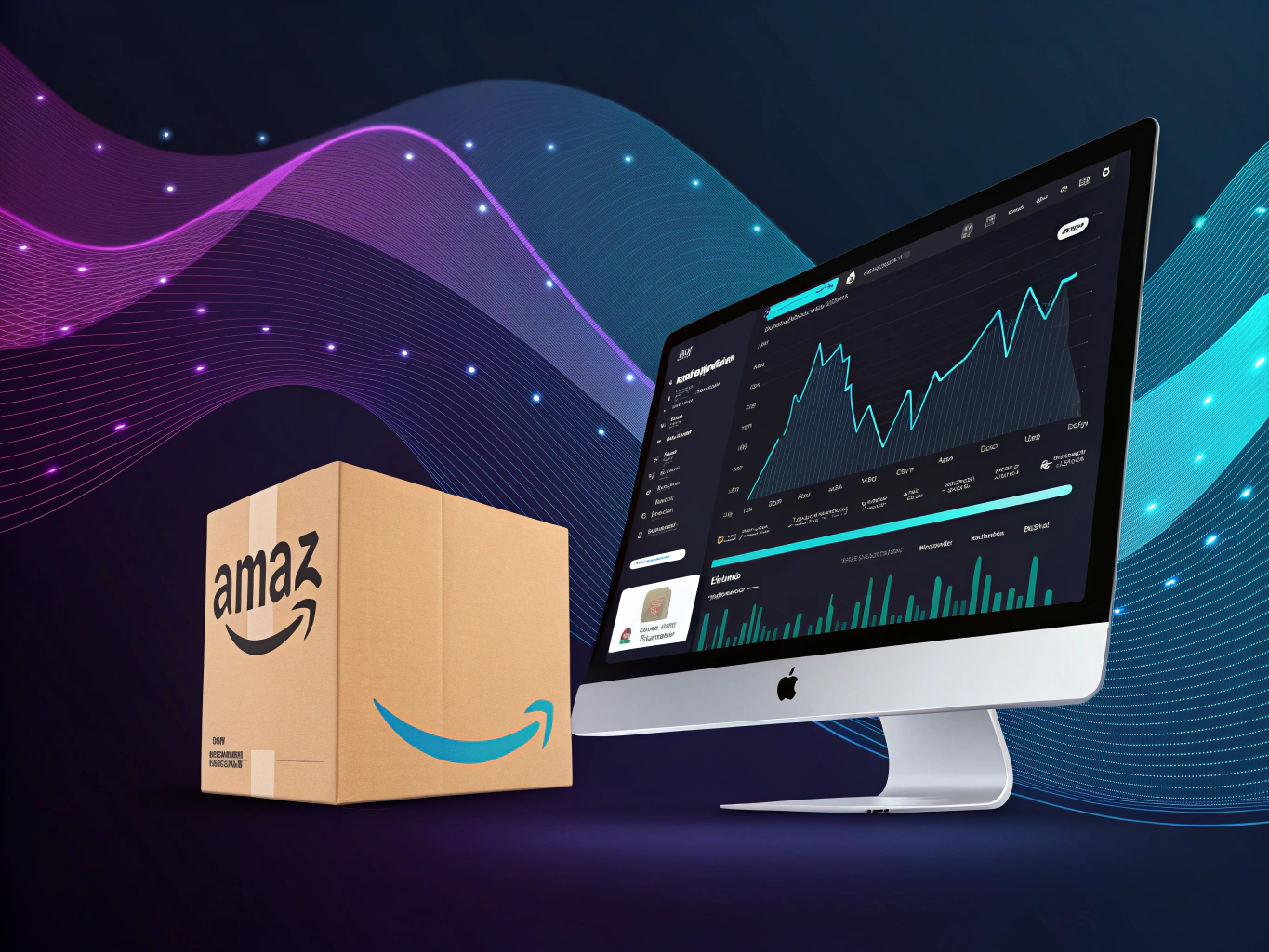
This is where theory meets practice, and where many would-be entrepreneurs realize that selling on Amazon isn’t just about listing products and watching the money roll in. It’s about building a legitimate business.
Account Types: Making the Right Choice
The Individual vs. Professional account decision isn’t just about the $39.99 monthly fee. It’s about your commitment level and sales volume. If you’re planning to sell more than 40 items per month (and you should be), the Professional account is a no-brainer.
Listing Optimization: Because Nobody Buys What They Can’t Find
Your product listing is like your store’s front window – except this window is made of keywords and compelling copy. Here’s what works:
- Research keywords using actual customer search terms
- Write titles that make sense to humans (not just search engines)
- Use high-quality images that show your product in use
- Include detailed bullet points that address common questions
For more insights on optimizing your listings, check out our Instagram tips for branding.
Supply Chain Management: The Unsexy Secret to Success
Nobody starts an Amazon business dreaming about supply chain management, but it’s often what separates the successful sellers from those who flame out after six months.
Inventory Planning: The Art and Science
Running out of stock is like closing your store during Black Friday. You need a system that tells you when to reorder based on:
- Historical sales data
- Seasonal trends
- Manufacturing lead times
- Shipping delays (because they will happen)
Think of your inventory like a game of Tetris – you need to keep the blocks flowing without letting them pile up or run out. And just like Tetris, the game speeds up as you get better.
Shipping Solutions: Because Products Don’t Teleport (Yet)
Shipping from Alibaba to Amazon requires navigating a maze of options, each with its own trade-offs. Air freight is like flying first class – expensive but fast. Sea freight is like taking the bus – cheaper but slower and with more potential for delays.
Here’s what you need to know about freight options:
- Air freight: 5-7 days, high cost, good for urgent restocks
- Sea freight: 30-40 days, lower cost, requires better planning
- Express shipping: 3-5 days, highest cost, best for samples
Amazon FBA Integration: Making Amazon Work for You

FBA (Fulfillment by Amazon) is like having Amazon as your warehouse manager, shipping department, and customer service team all in one. But like any good employee, you need to know how to manage it effectively.
Preparation Requirements: Getting It Right the First Time
Amazon’s prep requirements are like your mom’s rules for keeping your room clean – specific, sometimes annoying, but ultimately there for a good reason. Get these wrong, and you’re looking at extra fees or rejected shipments.
Essential prep requirements include:
- Proper labeling (FNSKU labels on all products)
- Packaging that meets Amazon’s specifications
- Correct box contents documentation
- Proper shipping labels and documentation
Remember: Amazon’s requirements aren’t suggestions – they’re more like the rules of gravity. You can try to ignore them, but it won’t end well. For more on integrating your business with Amazon, read our guide on social strategies.
Marketing and Growth Strategies: Going Beyond Basic Amazon PPC
Let’s be real – selling on Amazon from Alibaba isn’t just about finding products and listing them anymore. The marketplace has evolved, and so should your strategies. Think of it like this: if your Amazon business is a spaceship, marketing is your hyperdrive engine. Without it, you’re just floating in space while others zoom past.
Mastering Amazon PPC Campaigns
I’ve seen countless sellers throw money at PPC campaigns like they’re playing darts blindfolded. Here’s the thing: PPC isn’t about spending more – it’s about spending smarter. Start with automatic campaigns to gather data (think of it as your market research intern), then transition to manual campaigns once you understand which keywords actually convert.
A quick tip that’s worked wonders for my clients: structure your campaigns in themed ad groups. If you’re selling blackout curtains, create separate groups for terms like “thermal curtains,” “room darkening drapes,” and “light blocking curtains.” This granular approach gives you better control over your bids and helps you come across as more relevant to shoppers. Learn more about story dimensions for immersive ads.
External Traffic Generation: Your Secret Weapon
Here’s something most guides won’t tell you: relying solely on Amazon’s internal traffic is like opening a store in a mall but never advertising outside it. Sure, you’ll get some foot traffic, but you’re missing out on massive opportunities.
- Build an email list through insert cards (yes, it’s allowed if done right)
- Leverage social media to create product awareness (Pinterest is surprisingly effective for home goods)
- Consider micro-influencer partnerships (they often have better engagement rates than mega-influencers)
For more on creating engaging social media content, check out our tips on Instagram reel sizes.
Financial Management and Scaling Your Amazon-Alibaba Business
Let’s talk numbers – because at the end of the day, this is about building a profitable business, not just playing shop. The key to success when learning how to sell on Amazon from Alibaba is understanding your numbers better than your competition does.
Profit Optimization Strategies
First things first: your price per unit needs to make sense. I’ve watched too many sellers get caught in a race to the bottom with their low prices, only to realize they’re actually losing money when you factor in Amazon fees and other costs. Here’s a basic formula I use:
- Product Cost (Alibaba) + Shipping + Amazon Fees + Marketing Costs + Buffer (15%) = Minimum Price
- Target selling price should be at least 2.5x your total cost
- Always account for seasonal fluctuations in your pricing strategy
For insights on optimizing your profit margins, explore our guide on beauty eCommerce strategies.
Scaling Smart: Beyond the First Product
Once you’ve got your first product running smoothly, it’s tempting to immediately launch ten more. But here’s what I’ve learned from working with hundreds of sellers: successful scaling isn’t about quantity – it’s about strategic expansion.
Use tools like Jungle Scout to identify complementary products. If your blackout curtains are selling well, consider curtain rods or tie-backs. Your existing customers are your best market for new products. For tips on image presentation, consider our photo flipping guide.
Risk Management and Problem-Solving in the Amazon-Alibaba Ecosystem
Let’s address the elephant in the room: yes, sourcing from Alibaba comes with risks. But here’s the thing – most of these risks are manageable if you know what you’re doing.
Common Challenges and Solutions
Poor quality products? Been there. Shipping delays? Done that. Account suspension threats? Survived those too. The key is having systems in place before problems arise:
- Always use Alibaba payment methods that offer protection
- Build relationships with multiple suppliers (never put all your eggs in one basket)
- Keep detailed records of all communication and transactions
- Set up automated inventory alerts to prevent stockouts
For additional insights on challenges, explore our article on Instagram backgrounds for creative marketing solutions.
Future-Proofing Your Amazon Business
The e-commerce landscape is changing faster than AI can generate product descriptions (trust me, I would know). To stay ahead, you need to think beyond just how to sell on Amazon from Alibaba – you need to think about where the market is heading.
Emerging Trends and Opportunities
We’re seeing a shift toward sustainability, transparency, and personalization. Consumers aren’t just buying products anymore; they’re buying into brands and values. This means:
- Investing in eco-friendly packaging even if it costs more initially
- Being transparent about your supply chain
- Building a brand story that resonates with your target audience
For more on future-proofing strategies, read our insights on beauty eCommerce trends.
Final Thoughts: Your Action Plan
Success in selling on Amazon from Alibaba isn’t about following a perfect blueprint – it’s about adapting and evolving. Start with one product, master the process, then expand thoughtfully. Use tools like Jungle Scout for research, but don’t let analysis paralysis stop you from taking action.
Remember: your first product probably won’t be perfect, and that’s okay. What matters is that you start, learn, and improve. The sellers who succeed aren’t necessarily the ones with the most capital or the best products – they’re the ones who stay curious, adapt quickly, and never stop learning.
And hey, if you’re feeling overwhelmed, remember this: every successful Amazon seller started exactly where you are now. The difference is, they took that first step. So what are you waiting for? Your Amazon journey starts now.
Related Articles:
- Guide to The Best Twitter Banner Size in 2024: Tips and Best Practices Using Magic Uncrop
- Instagram Story Dimensions: The Ultimate Guide for Creators
- Product Photography: Tips for Taking Base Photos Before AI
Frequently Asked Questions
How to sell on amazon from alibaba?
To sell on Amazon from Alibaba, you first need to identify a profitable product on Alibaba by conducting market research and analyzing Amazon’s best-selling items. Once you’ve selected a product, purchase it in bulk from Alibaba, ensuring to negotiate the best price and shipping terms. After receiving your goods, create a compelling Amazon listing with high-quality images and detailed descriptions to attract buyers, and set competitive pricing to start selling successfully.
How to buy from alibaba and sell on amazon?
Buying from Alibaba and selling on Amazon involves several steps: first, register as a seller on Amazon and research potential products that are in demand. Next, contact suppliers on Alibaba to find the best prices and quality, and place an order while considering shipping options. After receiving your products, list them on Amazon, making sure to optimize your listings with good keywords and professional photos to increase visibility and sales.
How to sell products on amazon from alibaba?
To sell products on Amazon from Alibaba, start by conducting thorough product research to identify items that have high demand but low competition on Amazon. Once you have selected the right product, purchase it from a reliable supplier on Alibaba, and ensure that you comply with Amazon’s rules and regulations for listing products. Create a detailed Amazon listing with attractive images and descriptions, and consider using Amazon FBA (Fulfillment by Amazon) for easier inventory management and faster shipping.
How to sell items from alibaba on amazon?
Selling items from Alibaba on Amazon requires finding a niche product that is not overly saturated in the Amazon marketplace. After identifying such a product, buy it in bulk from trustworthy Alibaba suppliers, and then ship it to your warehouse or directly to Amazon FBA centers. Create engaging and SEO-friendly product listings on Amazon, focusing on highlighting the benefits and unique features of your items to attract customers.
How to sell things from alibaba on amazon?
To sell things from Alibaba on Amazon, you need to start by researching products that align with current trends and consumer needs. Purchase these products from Alibaba at a competitive price, and ensure that the quality meets Amazon’s standards. List the products on Amazon with optimized titles, bullet points, and descriptions, and consider using promotional strategies like Amazon PPC (Pay-Per-Click) advertising to boost visibility and sales.
About the Author
Vijay Jacob is the founder and chief contributing writer for ProductScope AI focused on storytelling in AI and tech. You can follow him on X and LinkedIn, and ProductScope AI on X and on LinkedIn.
We’re also building a powerful AI Studio for Brands & Creators to sell smarter and faster with AI. With PS Studio you can generate AI Images, AI Videos, Chat and Automate repeat writing with AI Agents that can produce content in your voice and tone all in one place. If you sell on Amazon you can even optimize your Amazon Product Listings or get unique customer insights with PS Optimize.
🎁 Limited time Bonus: I put together an exclusive welcome gift called the “Formula,” which includes all of my free checklists (from SEO to Image Design to content creation at scale), including the top AI agents, and ways to scale your brand & content strategy today. Sign up free to get 200 PS Studio credits on us, and as a bonus, you will receive the “formula” via email as a thank you for your time.

